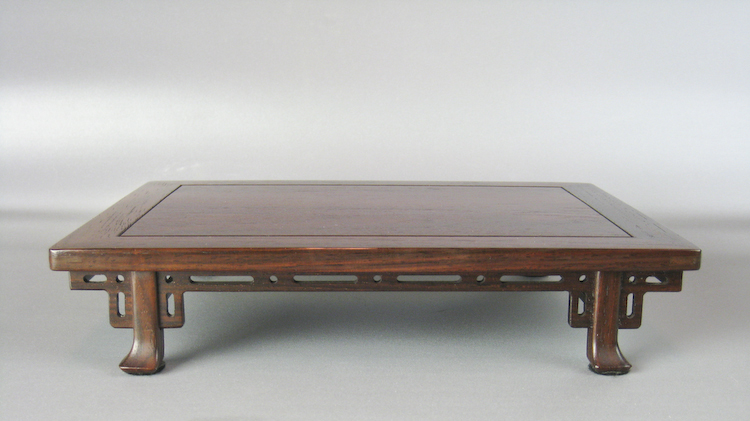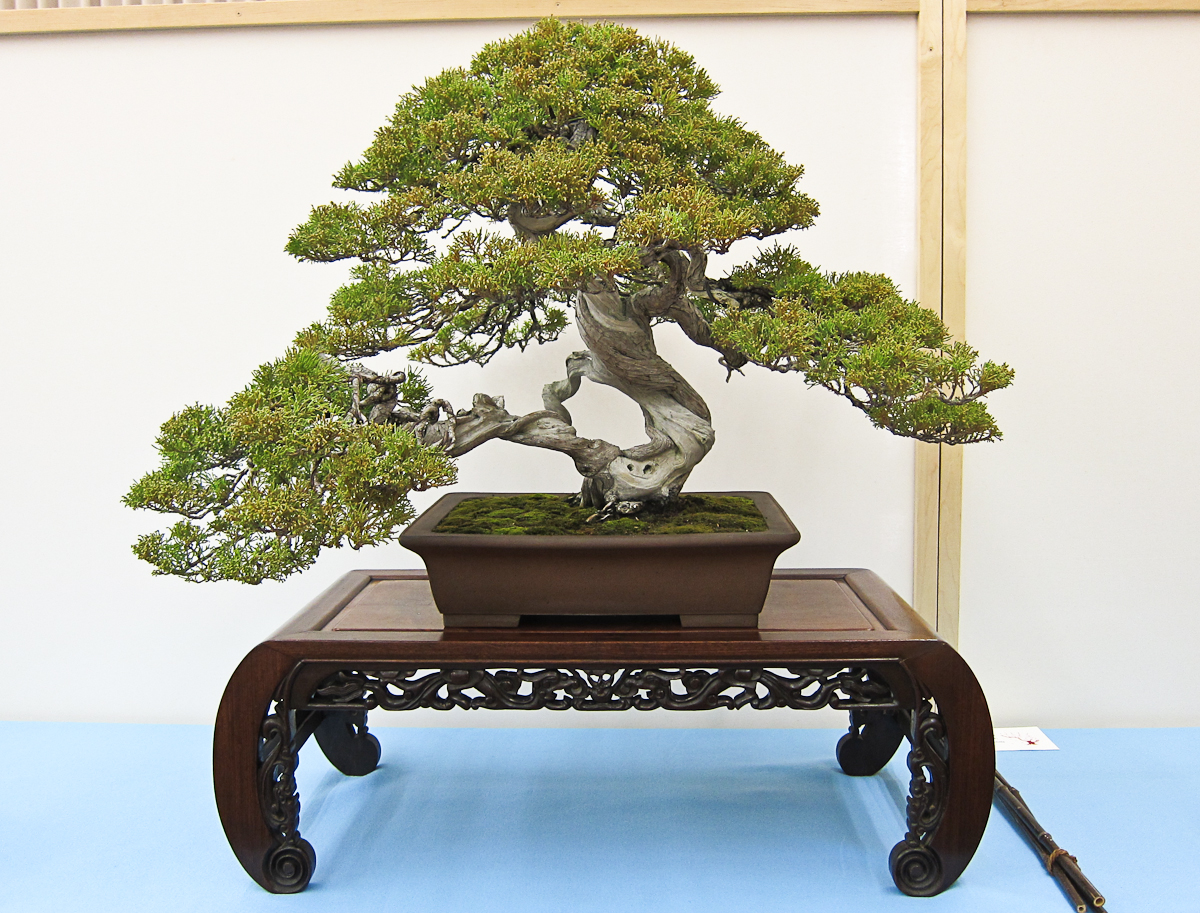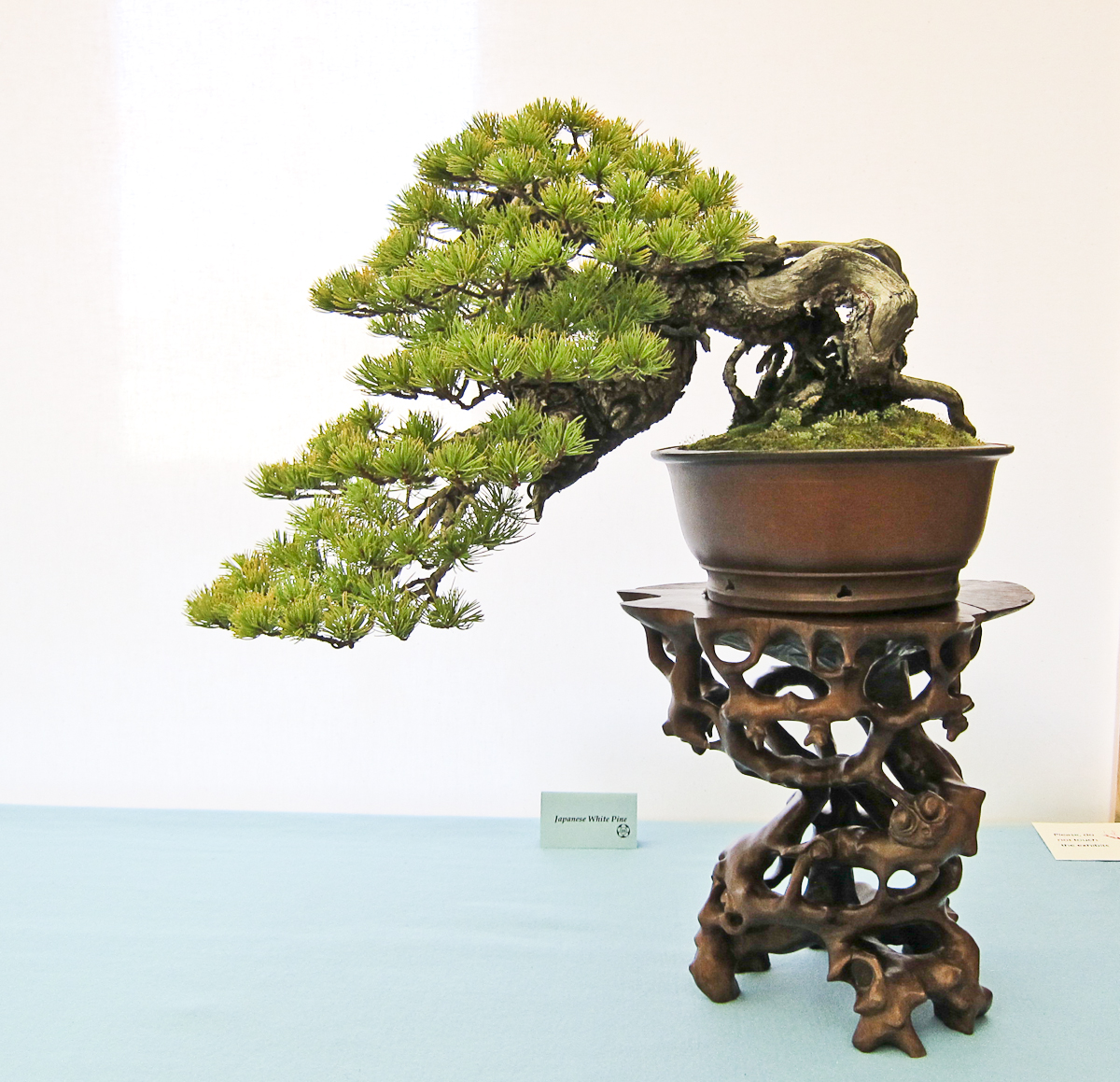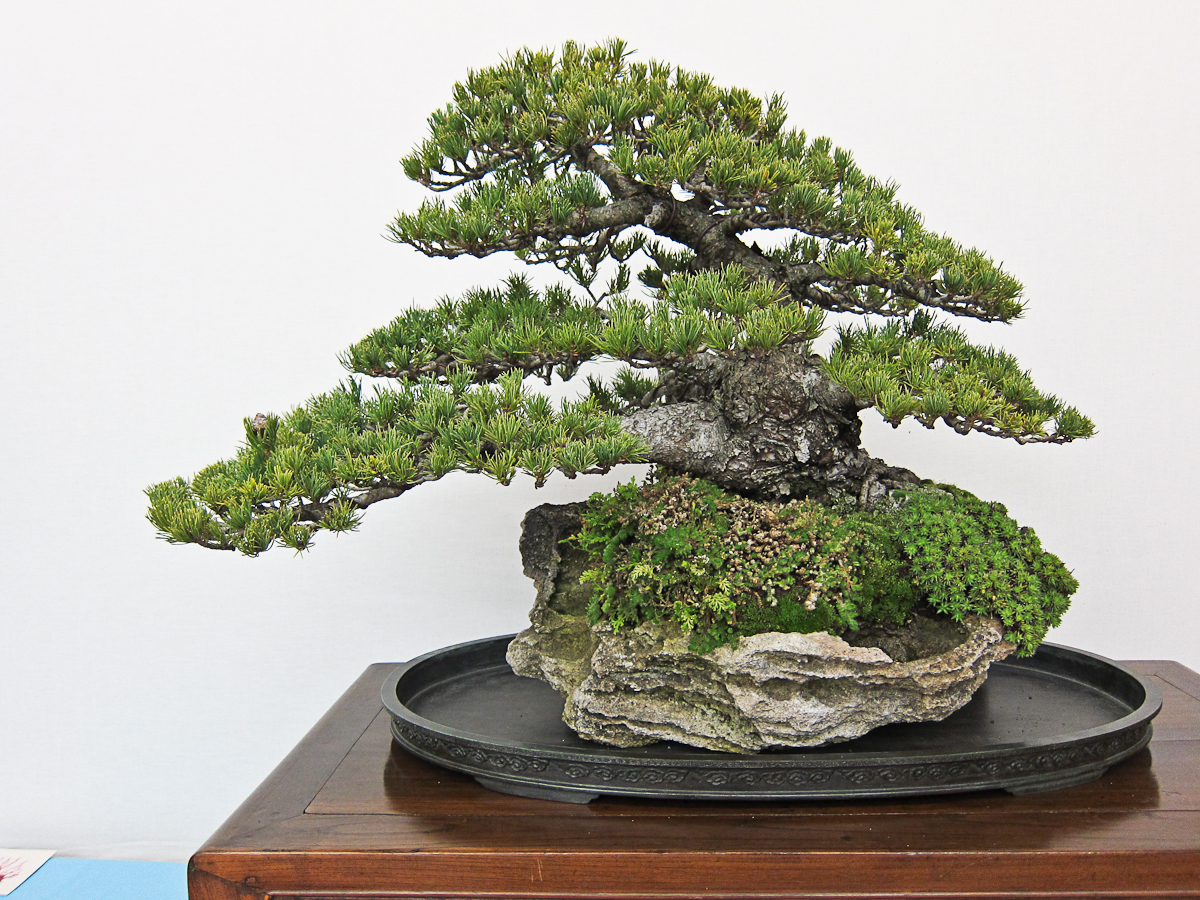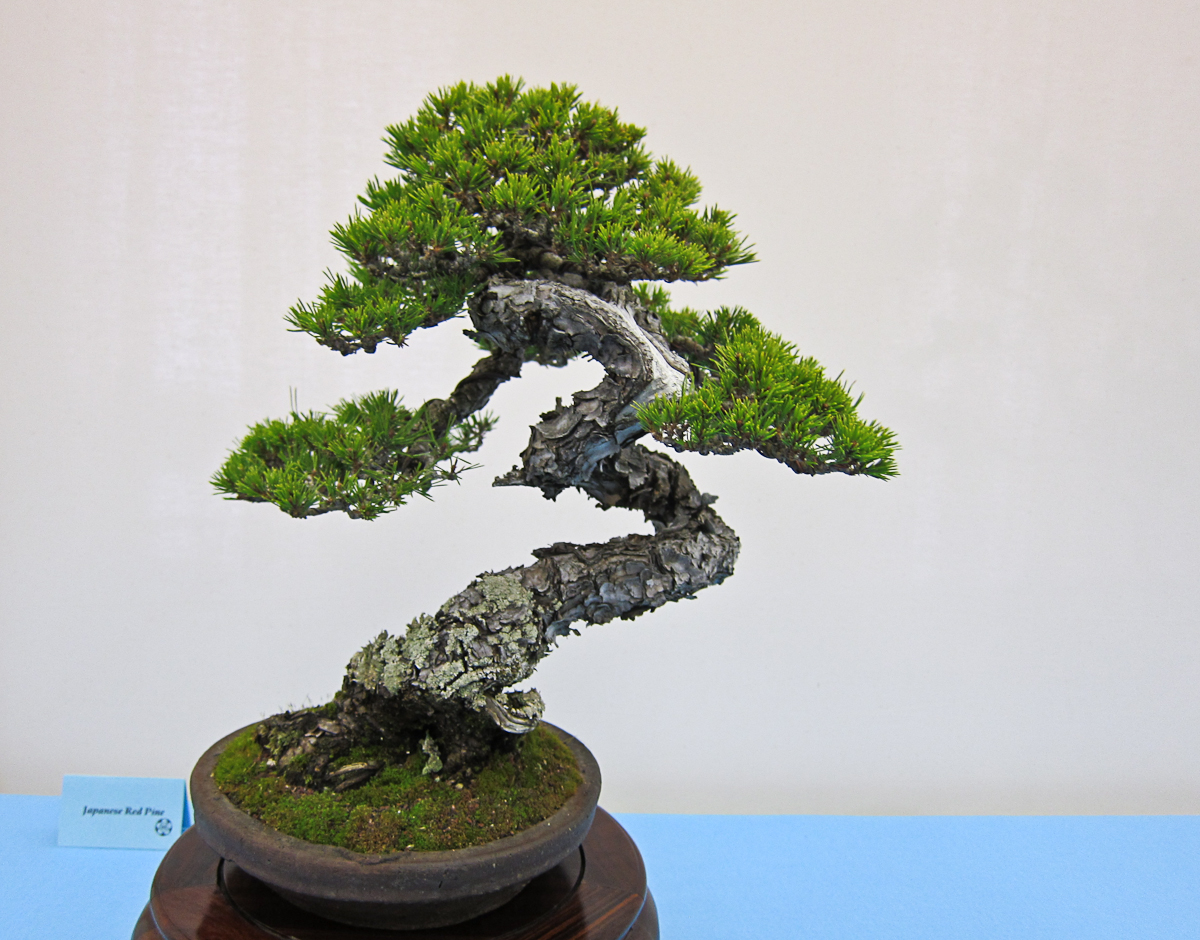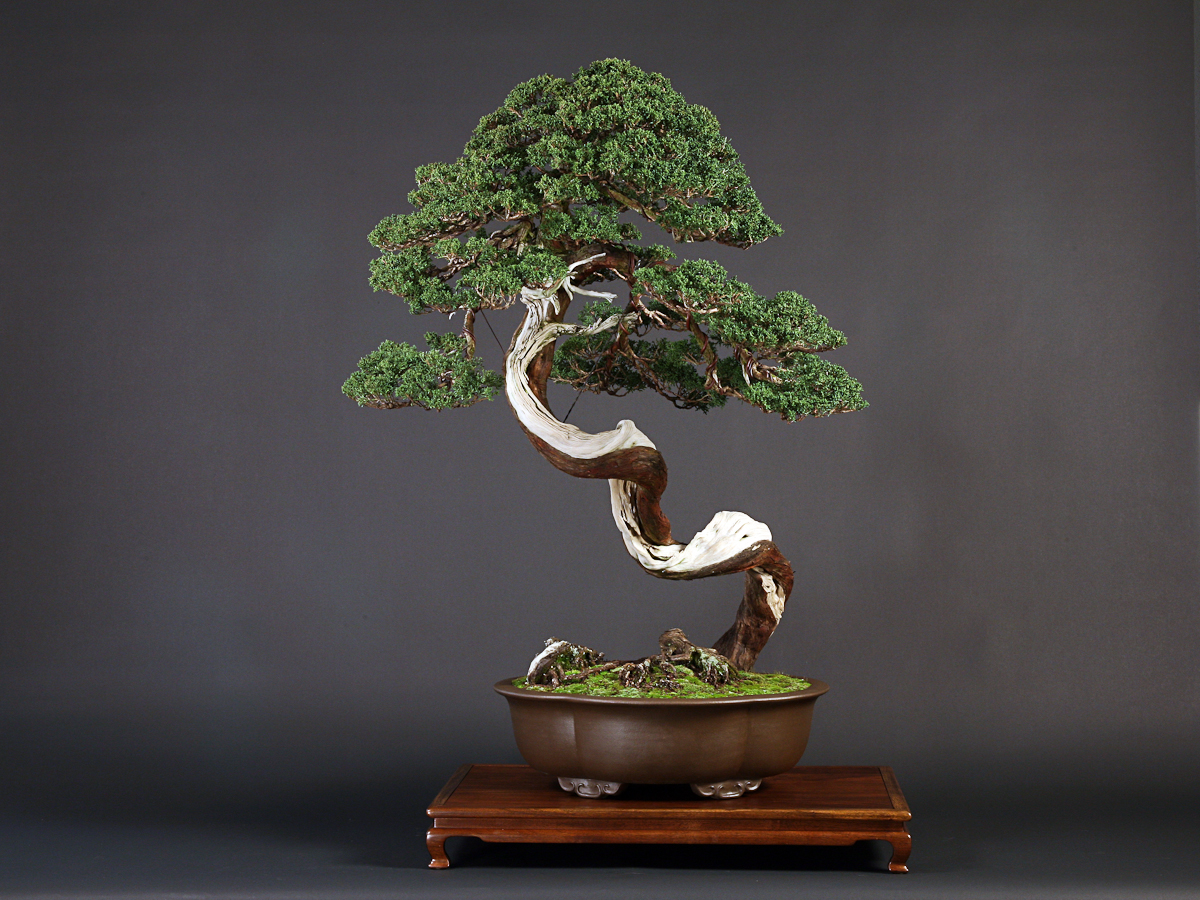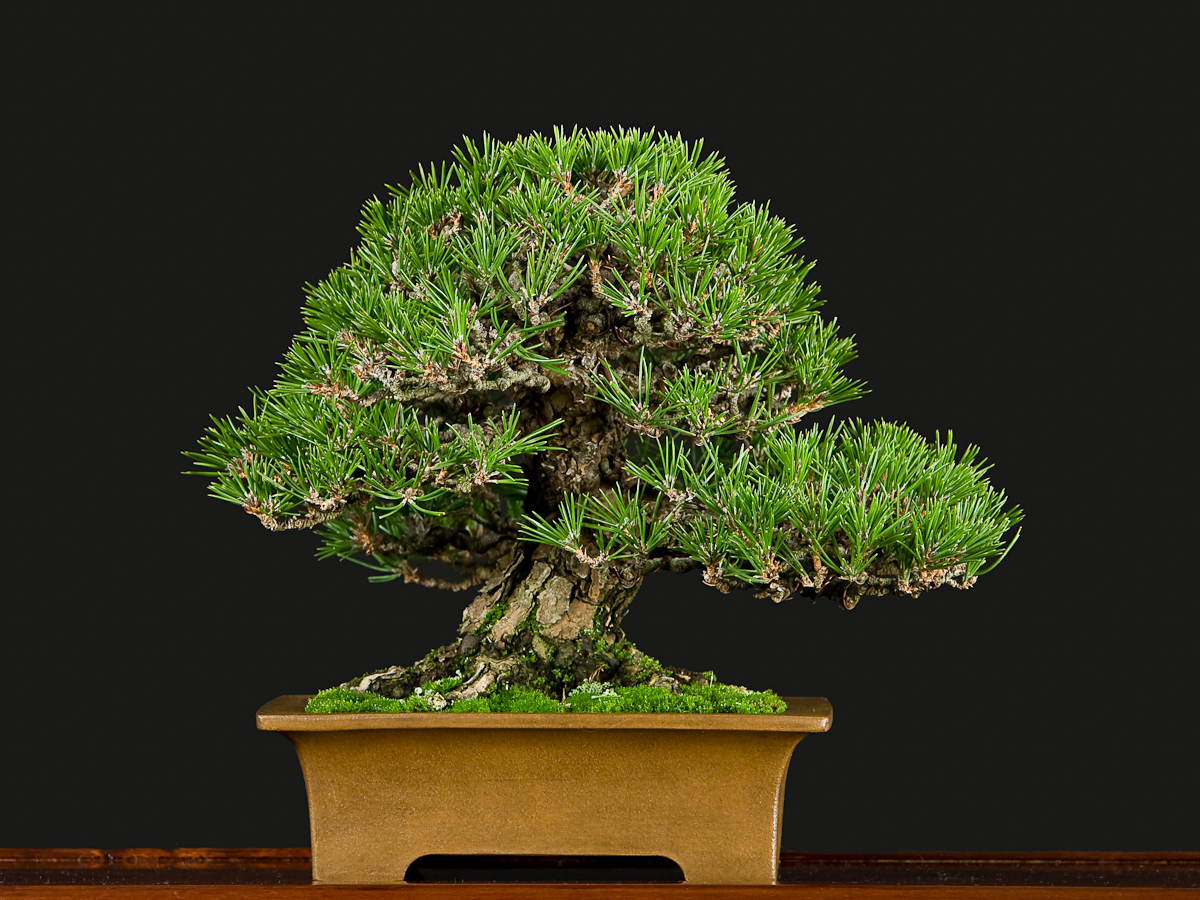Before I begin, please take a few minutes to read this true story as documented in the Book The Element – How Finding Your Passion Changes Everything by Sir Ken Robinson (c) 2009.
The Element
“Gillian was only eight years old, but her future was already at risk. Her schoolwork was a disaster, at least as far as her teachers were concerned. She turned in assignments late, her handwriting was terrible, and she tested poorly. Not only that, she was a disruption to the entire class, one minute fidgeting noisily, the next staring out the window, forcing the teacher to stop the class to pull Gillian’s attention back, and the next doing something to disturb the other children around her. Gillian wasn’t particularly concerned about any of this—she was used to being corrected by authority figures and really didn’t see herself as a difficult child—but the school was very concerned. This came to a head when the school wrote to her parents.

Gillian Lynne with her mother, Barbara, in 1932
The school thought that Gillian had a learning disorder of some sort and that it might be more appropriate for her to be in a school for children with special needs. All of this took place in the 1930s I think now they’d say she had attention deficit hyperactivity disorder, and they’d put her on Ritalin or something similar. But the ADHD epidemic hadn’t been invented at the time. It wasn’t an available condition. People didn’t know they could have that and had to get by without it.
Gillian’s parents received the letter from the school with great concern and sprang to action. Gillian’s mother put her daughter in her best dress and shoes, tied her hair in ponytails, and took her to a psychologist for assessment, fearing the worst.
Gillian told me that she remembers being invited into a large oak-paneled room with leather-bound books on the shelves. Standing in the room next to a large desk was an imposing man in a tweed jacket. He took Gillian to the far end of the room and sat her down on a huge leather sofa. Gillian’s feet didn’t quite touch the floor, and the setting made her wary. Nervous about the impression she would make, she sat on her hands so that she wouldn’t fidget.
The psychologist went back to his desk, and for the next twenty minutes, he asked Gillian’s mother about the difficulties Gillian was having at school and the problems the school said she was causing. While he didn’t direct any of his questions at Gillian, he watched her carefully the entire time. This made Gillian extremely uneasy and confused. Even at this tender age, she knew that this man would have a significant role in her life. She knew what it meant to attend a “special school,” and she didn’t want anything to do with that. She genuinely didn’t feel that she had any real problems, but everyone else seemed to believe she did. Given the way her mother answered the questions, it was possible that even she felt this way.
Maybe, Gillian thought, they were right.
Eventually, Gillian’s mother and the psychologist stopped talking. The man rose from his desk, walked to the sofa, and sat next to the little girl.
“Gillian, you’ve been very patient, and I thank you for that,” he said. “But I’m afraid you’ll have to be patient for a little longer. I need to speak to your mother privately now. We’re going to go out of the room for a few minutes. Don’t worry; we won’t be very long.
Gillian nodded apprehensively, and the two adults left her sitting there on her own. But as he was leaving the room, the psychologist leaned across his desk and turned on the radio.
As soon as they were in the corridor outside the room, the doctor said to Gillian’s mother, “Just stand her for a moment, and watch what she does.” There was a window into the room and they stood to one side of it, where Gillian couldn’t see them. Nearly immediately, Gillian was on her feet, moving around the room to the music. The two adults stood watching quietly for a few minutes, transfixed by the girl’s grace. Anyone would have noticed there was something natural—event primal—about Gillian’s movements. Just as they would have surely caught the expression of utter pleasure on her face.
At last, the psychologist turned to Gillian’s mother and said, “You know, Mrs. Lynne, Gillian isn’t sick. She’s a dancer. Take her to a dance school.”
I asked Gillian what happened then. She said her mother did exactly what the psychologist suggested. “I can’t tell you how wonderful it was,” she told me. “I walked into this room, and it was full of people like me. People who couldn’t sit still. People who had to move to think.”
She started going to dance school every week, and she practiced at home every day. Eventually, she auditioned for the Royal Ballet School in London, and they accepted her. She went on to join the Royal Ballet Company itself, becoming a soloist and performing all over the world. When that part of her career ended, she formed her own musical theater company and produced a series of highly successful shows in London and New York. Eventually, she met Andrew Lloyd Webber and created with him some of the most successful musical theater productions in history, including Cats and The Phantom of the Opera.
Little Gillian, the girl with the high-risk future, became known to the world as Gillian Lynne, one of the most accomplished choreographers of our time, someone who has brought pleasure to millions and earned millions of dollars. This happened because someone looked deep into her eyes—someone who had seen children like her before and knew how to read the signs. Someone else might have put her on medication and told her to calm down. But Gillian wasn’t a problem child. She didn’t need to go away to a special school.”
She just needed to be who she really was.”
A Few Thoughts
You might ask, what has this to do in a blog focusing on suiseki? A good question, so let me spend a few moments explaining why.
I’ve been busy at work for more than two years researching how to “view” suiseki stones. It has been a passion that has taken a great deal of my free time. I have read hundreds of papers, research articles, and books on aesthetic with a special focus on Japanese aesthetic. Through this process a discovery was made, for me at least, that there is no true universal definition of aesthetic between cultures and often even between similar groups of people.
Most aesthetics focus on the concept of beauty, however, even in this definition beauty can be defined in so many ways. What I have discovered is that most aestheticians link beauty with truth. Rising early to watch the sun break brilliantly across distant mountain tops, standing in the late afternoon on the rocky shores of the ocean seeing and hearing the waves break below, or watching the inherent beauty in a small child asleep and at peace. There is not only beauty but real truth in these scenes.
At some future point, it is my hope that all of this research will be gathered and focused into a book that will help its readers to begin to define their own aesthetic regardless of the artistic outlet be it stones, painting, or something.
Returning to the story of Gillian, one can only imagine the loss to the world had the doctor not intervened to declare there was nothing wrong with Gillian – she is just a dancer. How many artist, dancers, writers, photographers, comedians have been lost to the world simply because they were viewed as different? And tragically so, treated as if they were broken.
Let’s juxtapose for a moment ourselves into the world of suiseki for a moment. How often have we stood before a beautiful stone asking someone what they see and before they can even respond we admonish them in what we see in it. If you take note, you might see a small frown appear on the other person’s face?
How often do we see people courageously describe what they see in the stone for the “expert” to immediately bark at them that what they are seeing is wrong that it is not “A” but their viewpoint “B.” How many new participants in our art form have we driven away because we haven’t allowed them to participate and for them to have an opportunity to express what they see!
It reminds me of when Masahiko Kimura created this now famous bonsai.
Upon its initial release, this was frowned upon by the bonsai world. It wasn’t bonsai; it didn’t follow the accepted practices of the time. Surely there were other forest plantings, but they were in a pot, or slab, that was horizontal to the ground. This design broke the conventional rules!
Over time it became recognized as a master work of design. Expressive, beautiful and now often mimicked by others.
Anytime there is a major change in an art style such as realism to impressionism the holders of the standard fight to maintain that hold and thus feel inclined to reject the new.
I caution each of us to allow others to see what they see. Attempt to understand what they are expressing through either their display or their interpretations. As relayed in the earlier story: “…But Gillian wasn’t a problem child. She didn’t need to go away to a special school. She just needed to be who she really was.”
In the same way, who knows, the very person who seems to be breaking the rules today may very well be creating a new form of art tomorrow.















